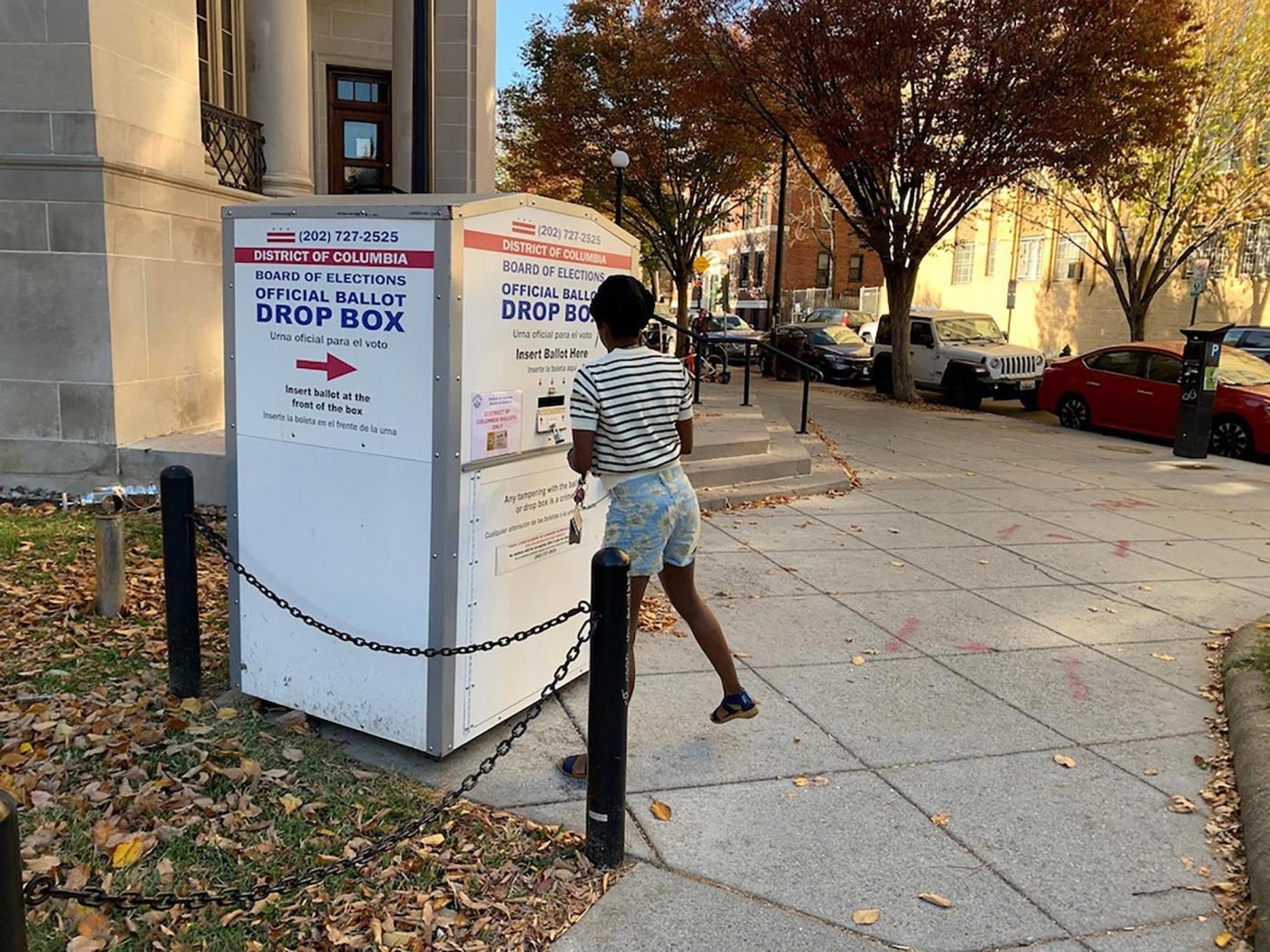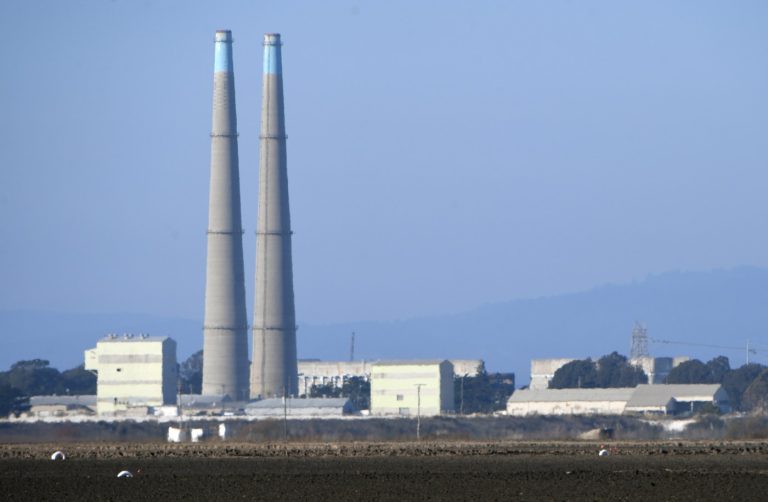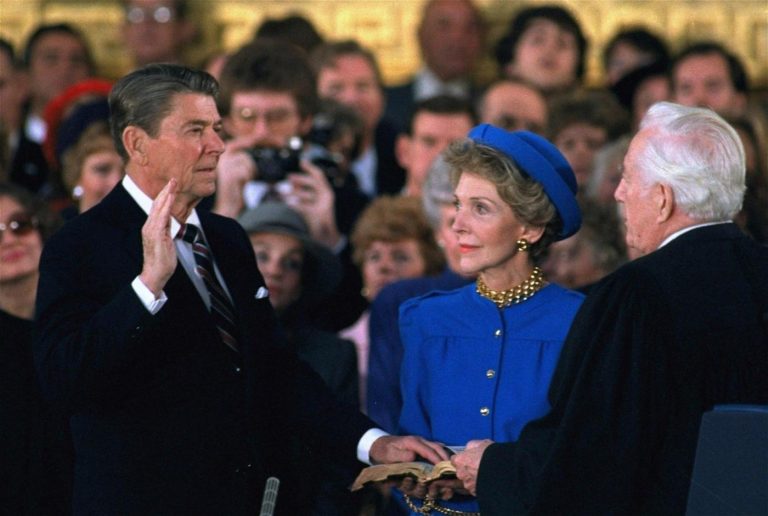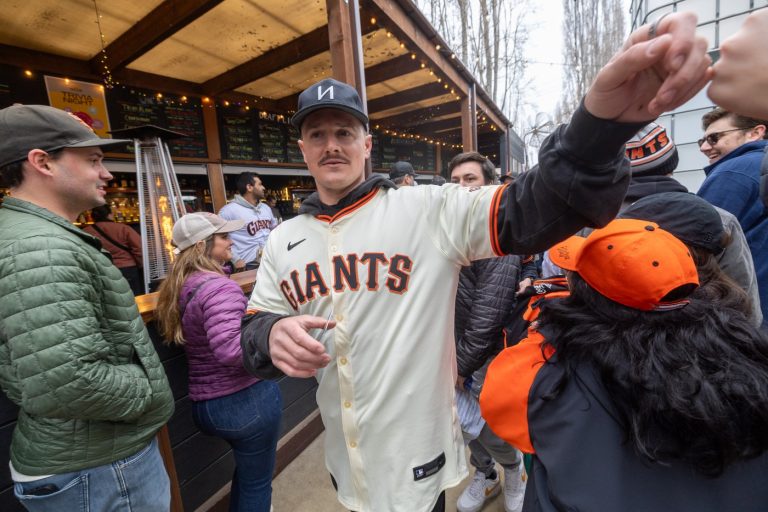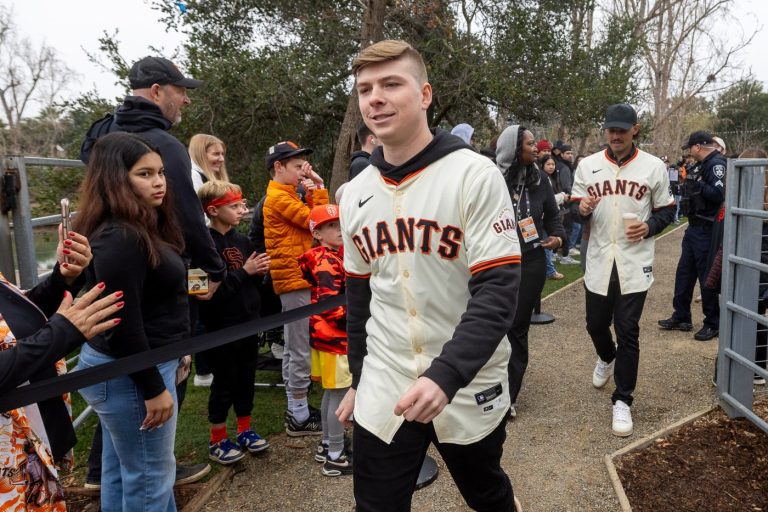Matt Vasilogambros | (TNS) Stateline.org
Voters in several states this month delivered a stinging rebuke to ranked choice voting, clouding the future of an idea that had seen strong momentum in recent years.
Ranked choice voting, which allows voters to rank political candidates by preference, is used statewide in Alaska and Maine and in major U.S. localities such as New York City and San Francisco.
But voters in Colorado, Idaho, Nevada and Oregon rejected ballot measures that would have adopted ranked choice voting for packed races. In Missouri, voters approved a ballot measure banning the approach statewide and locally, except for a grandfather clause for St. Louis municipal elections.
Results are still too close to call on a measure to scrap Alaska’s existing use of ranked choice voting. With 94% of results reported, the measure was up by about 2,400 votes.
“Voters this year were reluctant to make dramatic changes to the way they vote,” said Chandler James, an assistant professor of political science at the University of Oregon. “But I don’t think that it spells the end for ranked choice voting in the future.”
In the system, voters rank candidates on their ballots by preference — first, second, third choice, and so on.
If no candidate gets the majority of first-preference votes, the rest of the rankings kick in. The candidate with the fewest first-preference votes gets eliminated, while those voters’ secondary choices are allocated to the rest of the field. The counting continues until one candidate gets majority support.
Critics often blast ranked choice voting as being complicated and undemocratic, saying it violates the “one person, one vote” principle of American elections. But proponents argue that it forces candidates to appeal to a wider audience, leading to less toxic campaigning, and saves money on costly runoff elections.
While it was a tough year for statewide ballot measures, the system had better success at the local level, including in the District of Columbia; Bloomington, Minnesota; Oak Park and Peoria, Illinois; and Richmond, California.
“Overall, we see that ranked choice voting is still growing,” said Deb Otis, director of research and policy at FairVote, the nonpartisan organization leading the fight to adopt ranked choice voting. “I’m still really optimistic for how it will continue to grow.”
And though it lost in Oregon, she pointed out that the measure had majority support in jurisdictions that currently use ranked choice voting, such as Multnomah (home to Portland) and Benton counties.
In the District of Columbia, voters overwhelmingly supported a ballot measure to establish ranked choice voting for elections beginning in 2026 and to open the primary process to voters who are not affiliated with a party.
The local political party leadership campaigned against the measure, as was the case in other places where ranked choice voting was on the ballot. But district voters, familiar with packed Democratic primary ballots where winners often fail to get majority support, adopted the measure with more than 72% of the vote. The district’s party affiliation overwhelmingly leans Democratic.
It was a sign of grassroots work for the past five years, said Porter Bowman, volunteer communications director for the Yes on 83 Campaign.
“People are not OK with the status quo,” he said in an interview. “Folks were looking to city leadership and the state of politics in D.C. and wanting voters to have more choice and to be more involved in the process.”
The city council must still implement the voting system. But Republicans now control both chambers of Congress; that could put the system at risk, because Congress limits the district’s autonomy.
Last year, U.S. Rep. Mike Lawler, a New York Republican, introduced legislation that would have prohibited the district from using ranked choice voting in local elections. He also introduced a separate bill that would have prohibited states from using the voting system in federal elections.
“As usual, DC is running toward something that others have overwhelmingly rejected,” he wrote on Instagram after the election.
Lawler wrote he will continue to push his legislation to prevent the adoption of “this convoluted voting system” when Congress comes back to work this month. He’s previously pointed to delayed results in New York City’s elections using ranked choice voting and what he said was the confusion that came with it.
FairVote’s Otis said Lawler’s legislation would be “shortsighted,” and pointed to how Republicans have benefited from the system.
Related Articles
Hakeem Jeffries wins reelection as House Democratic leader despite party’s losses
Feds drop case of California man charged with threatening Arizona election official
In House race, California GOP Rep. Michelle Steel and Dem. challenger Derek Tran remain in dead heat
Goldberg: I can’t wait for Matt Gaetz’s confirmation hearings
Trump says he is naming former Wisconsin Rep. and former ‘Real World’ star Sean Duffy to be transportation secretary
She cited Virginia, where the state Republican Party used it to nominate Gov. Glenn Youngkin in a 2021 state convention. Youngkin had a plurality of votes among a crowded field after the first vote; he won the nomination after six rounds of counting with 55% of the vote. Even so, Youngkin vetoed ranked choice voting legislation in April.
Leaders in several Virginia localities said that they’re considering using ranked choice voting in the near future after Arlington County successfully implemented the method.
In 2024, Alabama, Kentucky, Louisiana, Mississippi and Oklahoma enacted measures that banned the use of ranked choice voting — a burgeoning trend in Republican-led states, reacting to key GOP losses in Alaska and Maine in recent years.
Otis said her group is moving ahead with campaigns to bring ranked choice voting to local elections in Albuquerque, New Mexico, Boston and Denver in the coming years.
©2024 States Newsroom. Visit at stateline.org. Distributed by Tribune Content Agency, LLC.
